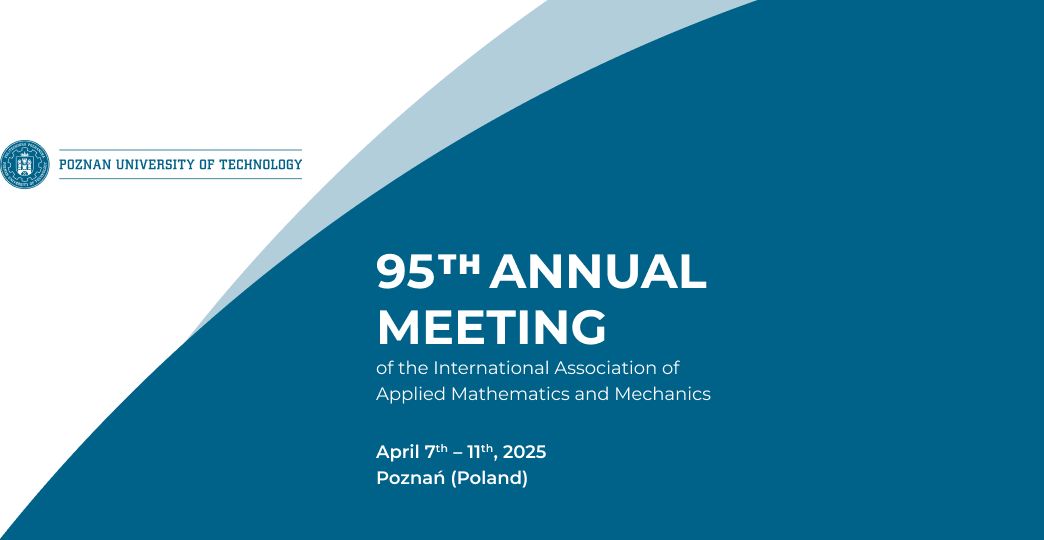Speaker
Description
As part of a laboratory course in the study program chemical engineering a traditional cookbook based experiment with a didactic concept based on constructive alignment was developed and implemented. The design ensured alignment between learning objectives, teaching-learning activities, and assessments, with the learning objectives covering all levels of Bloom’s taxonomy. The experiment focused on measuring lift and drag forces on different bodies in a wind channel and applying principles of similarity mechanics. To enhance understanding, an augmented reality (AR) app was utilized, enabling students to visualize pressure fields, velocity fields, and streamlines around an airfoil, depending on measured flow velocities and the set angle of attack.The experiment targeted 45 fourth-semester bachelor’s students who had completed a 3-hour-per-week lecture and a 3-hour-per-week exercise on the subject. The didactic framework included multiple phases: a pre-test to assess prior knowledge, distribution of a script providing theoretical background and experimental procedures as well as addressing the important learning objectives, execution of the experiment, and subsequent analysis and discussion of the results. The teaching-learning activity concluded with a post-test after the students had a short presentation and discussion of their results with the supervisor to evaluate the learning outcomes. Pre-test and post-test are both carried out on the learning management control system of the university “Moodle”.To measure the effectiveness of the teaching learning activity the pre- and post-test are identical. The effectiveness of the teaching-learning activity was assessed using both quantitative and qualitative results from the pre- and post-tests. The post-test results showed significant improvement, demonstrating the overall success of the experiment. However, areas for improvement were identified. The pre-test revealed that several learning objectives were already achieved by many students, suggesting that the experiment could shift its focus in these areas. Conversely, the post-test highlighted certain learning objectives that were not met, which would have remained unnoticed without this form of assessment.These findings emphasize the importance of precise learning assessments and iterative refinement of teaching-learning activities to address students’ needs effectively. Future adjustments could reallocate the experiment’s emphasis to address underachieved learning objectives while reducing redundancy, thereby improving the efficiency and impact of the teaching-learning activity.

